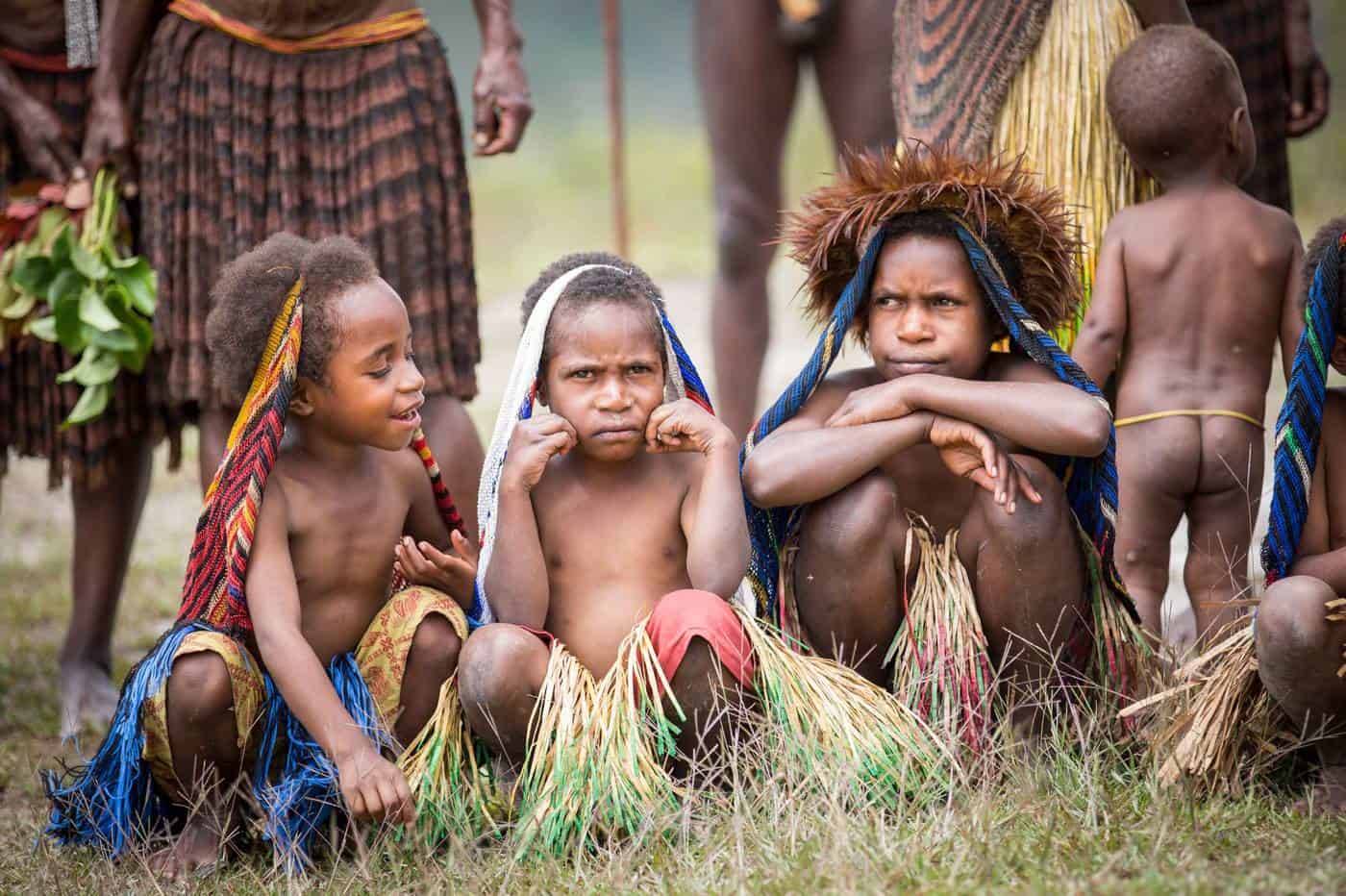
UNKNOWN, UNTOUCHED, UNBLEMISHED PAPUA`S ROUGH DIAMOND
Standing on top of a mountain, looking down on the valley, just admiring pure beauty. But once the eye starts to focus, wrappers, bottles and trash appear on every pathway. The locals talk about nothing else but getting more tourists in, unaware of how to approach it correctly. Of course, they care about the benefits it brings and tourism has proven most profitable to them. They cannot imagine how it could influence their day to day life or the valley that provides for them.

The Baliem Valley is a relatively unknown area in Papua, Indonesia. It is in the middle of the island and a heaven for anyone who loves to hike through nature. The destination is beginning to pop up more often on the internet, especially during August, when their famous tribal festival takes place and tourists just swarm into the area. On Butler’s Tourism Lifecyle model, it is right between stage 2: involvement, and 3: development. This means that the locals have already realised how they can profit from these new visitors while big companies have also begun to see its potential (Gamesby, n.d.). Few have made a claim so far, but when one visits Wamena, it is obvious that development is everywhere. Hotels, infrastructure and tourism keep developing. This is why it is so crucial to do it right this time, without risking the loss of cultural or natural resources. These people have such rich traditions, beliefs and history – but as they have told us themselves, their younger generations know little of their ancestors. Preserving and sharing their knowledge would be beneficial for everyone.

The main problem the area faces is that it developed unthinkably fast and tries to catch up with the rest of the world – which seems an immense feat, considering that they were discovered less than a century ago. It offers many modern products – chocolate, soft drinks, snacks… but the concept of disposing of the waste in a sustainable manner has not been shared with them, nor do they possess the means to do so. During our hikes, plastic was everywhere, we could not find a single trash can, and no one understood what I meant by my explanations. They either leave it where it is or burn it.
If we look at other tourist destinations, it is clear how we can avoid nature’s degradation, overcrowding and pollution.
Let us take a look at Bali, “the island of gods”. One of the most popular holiday destinations, Bali is known for its natural beauty, cheap amazing service and the perfect place for a getaway (Kranz, 2018). Cocktails, beaches, massages, surfing – Bali offers it all and attracts an immense number of tourists each year – about 4.5mil. in 2017 (Oliver Smith, 2018). But the effect it has had on the island are becoming more prominent (Barbara Nickl, 2018). The amount of plastic on the island, water consumption by tourists, pollution, animal cruelty for touristic reasons, bad infrastructure and sheer loss of clean, natural locations keeps on increasing (Philip, 2012). Most of the businesses are owned by Non-Balinese, meaning that most of the locals only make a limited amount of profit (Wright, 2016). It is not just mass tourism that is to blame, but rather the entire situation altogether. The clean-up that has been planned to rescue Bali’s reputation might help short-term, but they will have to consider how to make the island eco-friendlier and less self-destructive (Kate Lamb, 2018). Profit is not everything.
Coming to the actual point of this article. What can we do to limit the effect tourism could have on this rather unexplored land? How can we as outsiders ensure that we do our best not to destroy this natural paradise?
In general, one should always make an effort to be a good tourist. This includes researching about the country, its customs and traditions, dress code etc. as well as learning basic phrases, knowing about its rules, regulations and do’s and don’ts. The main goal is to be responsible, respectful, sustainable – an ecotourist, so to speak (The International Ecotourism Society, 2018). This begins with the right treatment of the locals. They should directly benefit from tourism while a tourist’s visit should be pleasant for both parties.
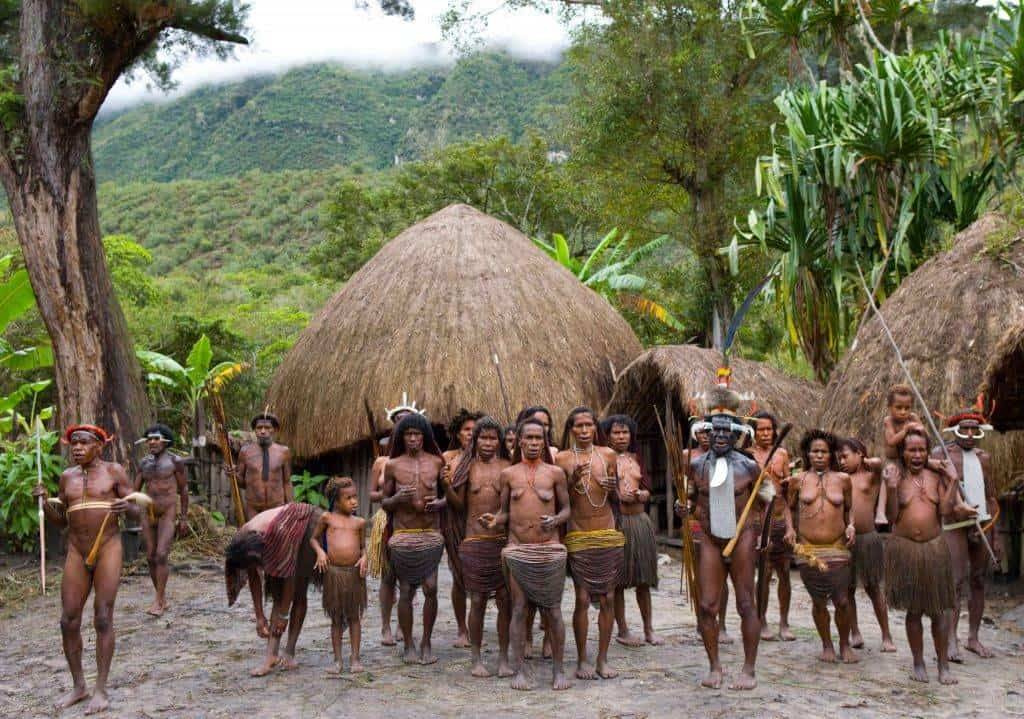
In the Baliem Valley you should greet everyone you meet with a handshake and some formalities. They will appreciate that you take part in their customs. Another issue they seem to have with tourists, is that we tend to shy away from socialising with them. Although we might consider it rude to simply enter the main Honai Hut, they find it strange when someone does not spend the majority of their time with others. So, while you are there, get comfortable on the floor, listen to their chatter and try everything they give you. They take hosting very seriously and truly share all they have with visitors. A small repayment (apart from financial reimbursement) would be little gifts. They highly appreciate them and share them with everyone else. This could be food such as noodles or sweets, but also small decoration, things they do not come into contact with. Not valuable but special. The locals are sweet, caring and strong people who live a hard but rewarding life. See their lifestyle for what it is – simply different but marvellous, nonetheless.

Surroundings require similar treatment. Respect this unblemished nature and treat it as if it was your own house. So, don’t litter. Take a bag with you to collect your trash or allow the villagers to burn it. Pick up the trash you see on your way. If everyone who visited did the same, it would already make an immense difference. Usually it is the locals who produce this waste but apart from sharing one’s knowledge about wastage with them, there is not much one can do on a larger scale.
Not only should we minimize the impact we make but also make others aware of it and of how to ensure that tourism will remain profitable for the valley without leading to too much pollution or degradation (Sustainable tourism, 2014). As a developing country, Indonesia has not caught up with right waste disposal yet. For the Baliem Valley, promoting the area right, is just what it needs. It needs the right kind of visitor and it all depends on how it is advertised. It is great that the world learns about this spot but hopefully the number of tourists will be contained, and people will come with a higher state of awareness and respect.
As a Tourism student, it pains me personally to see the effects some types of tourism can have on the environment, culture and its locals. Travelling is a wonderful opportunity and shapes one’s character. I love to get new insights, change my perception and explore new wonders. But I have learnt to do so while trying to minimize the impact I and my actions might have. I would rather be a visitor than a tourist. Blending in, making an effort and acting responsible are all part of that. If everyone took a little care while travelling, we could avoid so many problems.
A good tourist treats his travel destination like it was a friend’s house. You adhere to the rules, you clean up after yourself and familiarize yourself with your surroundings.
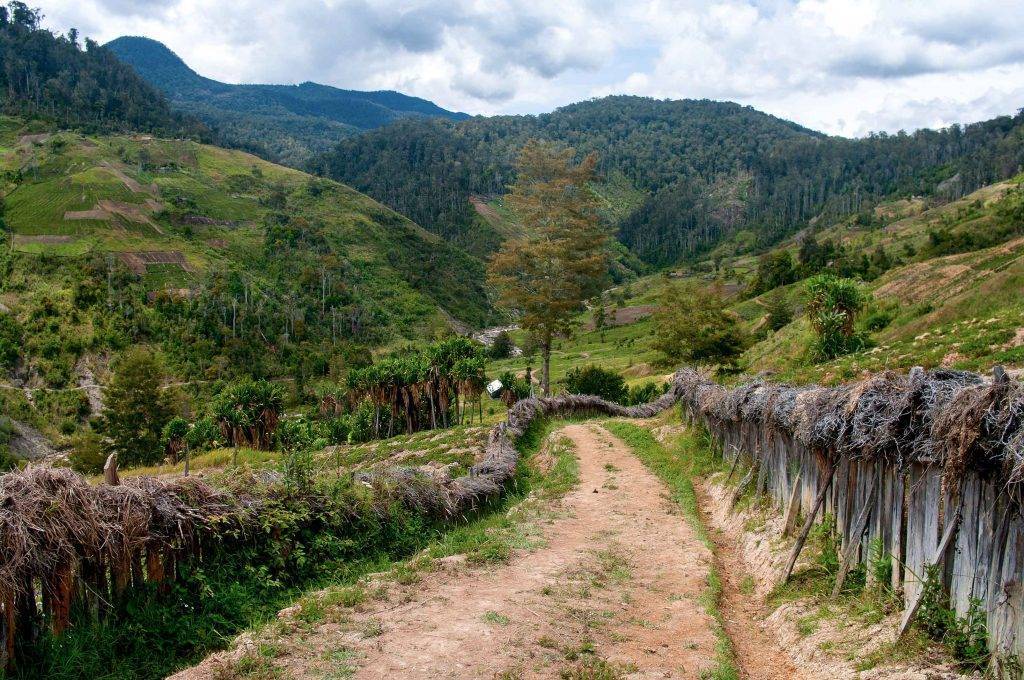
I think our generation has realised that we have to be responsible for an entire planet and not just the property we live on.
The Baliem Valley remains untouched for now, a rare and absolutely beautiful sight. In order for it to remain that way, we need to create awareness, so that by the time when it does become well-known, it will have developed beneficially for its locals, tourists and the Valley itself. We need to preserve every type of beauty and wonder that this world has to offer.
As one of our great heroes of today said: “You see, when we die, our bodies become the grass; and the antelopes eat the grass. So, we are all connected.” (The Lion King, 1994) (Yes, it is from the Lion King, but the sentiment really fits here.)
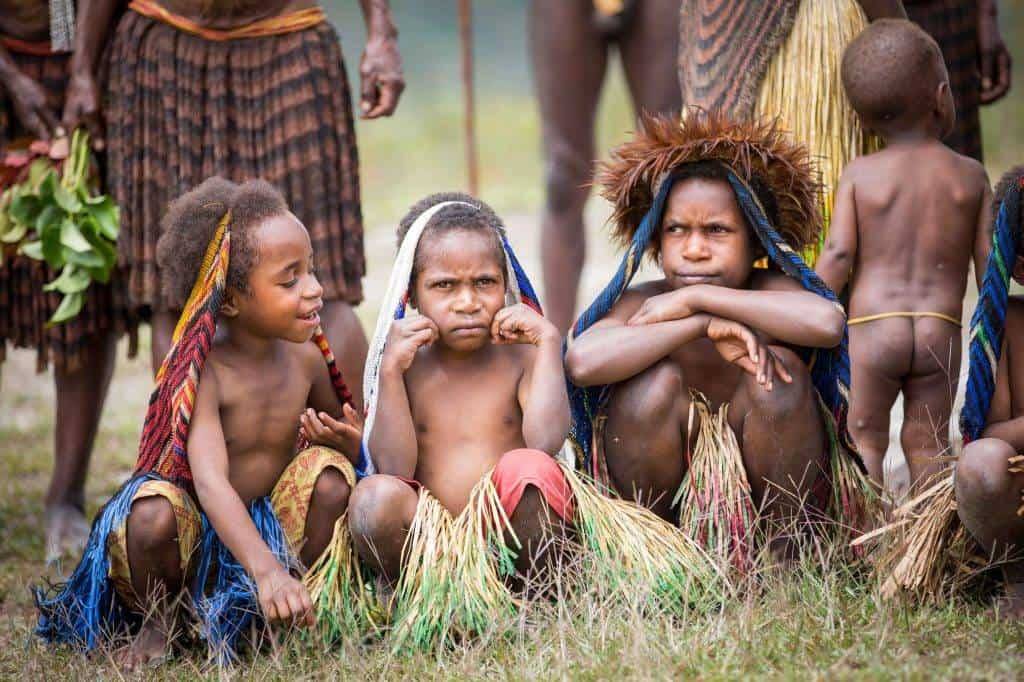
Bibliography
Barbara Nickl, M. S. (2018, January 14). Indojunkie. Retrieved from Artikelreihe Keep Bali green and clean Bali Muellparadies: https://indojunkie.com/artikelreihe-keep-bali-green-and-clean-bali-muellparadies/
Eva Bodova. (2018, July 2). Travelmarbles. Retrieved from Deep central highlands West Papua: https://travelmarbles.com/2018/07./deep-central-highlands-west-papua/
East Indonesia info. (2018). Retrieved from Papua travel information: http://www.east-indonesia.info/faq/papua-travel-information-faq.html#5
Gamesby, R. (n.d.). Coolgeography. Retrieved from Tourism life cycle model : http://www.coolgeography.co.uk/GCSE/AQA/Tourism/Life%20cycle%20model/Tourism%20Model.htm
GeoCoops. (2018). Von Butler Model: http://www.geocoops.com/butler-model.html abgerufen
Hahn D. (Producer), & Allers R., Minkoff R. (Directors). (1994). The Lion King [Motion Picture]. United States: Walt Disney Pictures
intrepidtravel. (2018). Retrieved from travel trends 2018: https://www.intrepidtravel.com/travel-trends-2018/
Kate Lamb. (2018, Febuary 23). The Guardian. Retrieved from Bali hopes to regain paradise status with mass cleanup: https://www.theguardian.com/world/2018/feb/23/bali-hopes-to-regain-paradise-island-status-with-mass-cleanup
Kranz, U. (2018, April 25). Bravebird. Retrieved from 7 gute Gruende nicht nach Bali zu reisen: https://www.bravebird.de/blog/7-gute-gruende-nicht-nach-bali-zu-reisen/
Lucas, J. (2014). indonesiad. Retrieved from Baliem valley your gateway to the indigineous tribal cultures of papua: https://indonesiad.com/baliem-valley-your-gateway-to-the-indigenous-tribal-cultures-of-papua/#comment-9024
Oliver Smith. (2018, April 9). Telegraph. Retrieved from Beautiful islands ruined by tourism: https://www.telegraph.co.uk/travel/lists/beautiful-islands-ruined-by-tourism/
Philip, B. (2012, August 3). Worldcrunch. Retrieved from How mass tourism is destroying Bali and its culture: https://www.worldcrunch.com/food-travel/how-mass-tourism-is-destroying-bali-and-its-culture
Responsible tourism partnership. (2018). Retrieved from What is responsible tourism: http://responsibletourismpartnership.org/what-is-responsible-tourism/
Strengthening the tourism industry. (Unkown). Retrieved from Government.nl: https://www.government.nl/topics/tourism-and-recreation/contents/strengthening-the-tourism-industry
Sustainable tourism. (2014). Retrieved from https://sustainabletourism.net/
The International Ecotourism Society. (2018). ecotourism. Retrieved from what is ecotourism: http://www.ecotourism.org/what-is-ecotourism
Wright, T. (2016, September 1). The Conversation. Retrieved from Beneath the surface of tourism in Bali: http://theconversation.com/beneath-the-surface-of-tourism-in-bali-64673
Read Next
Comments
You must be logged in to post a comment.
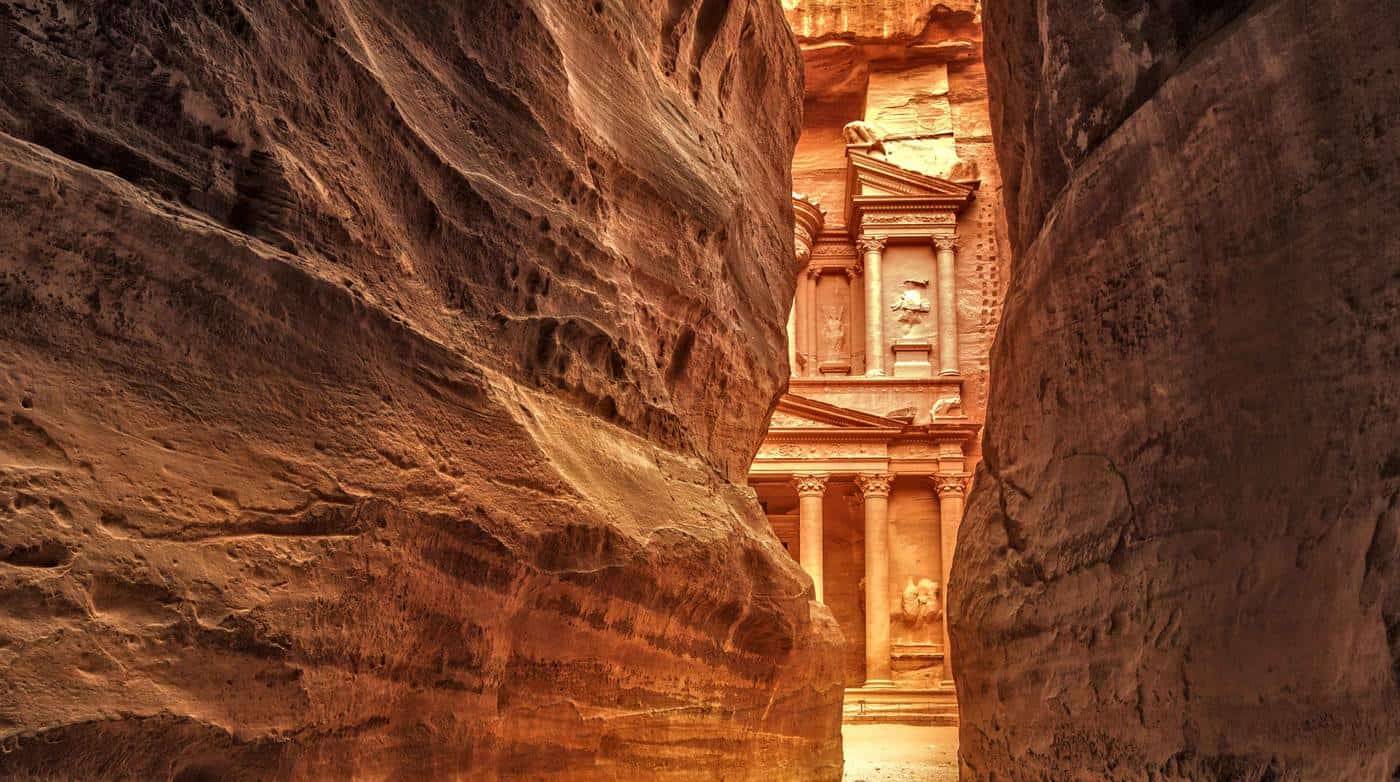
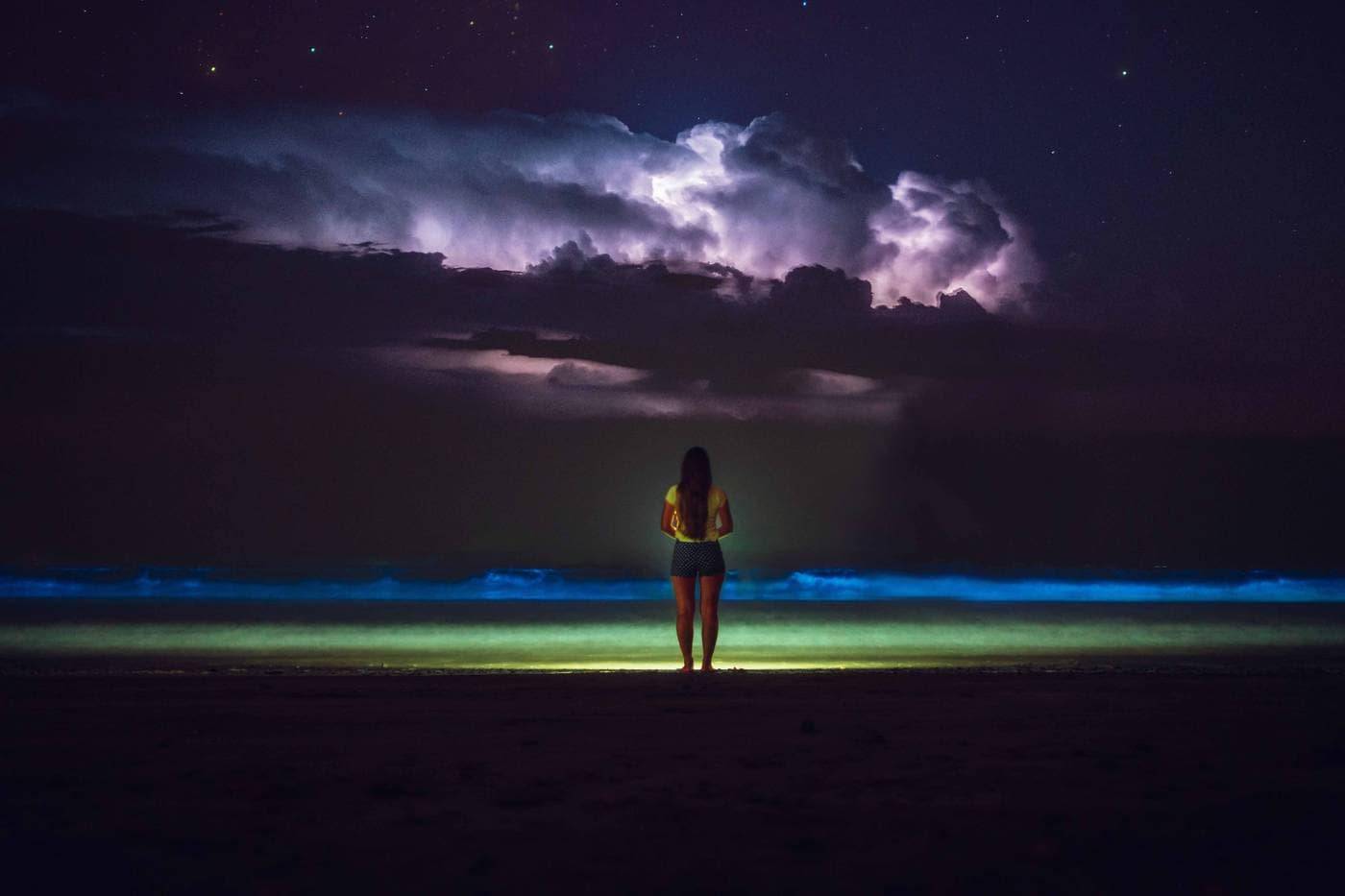
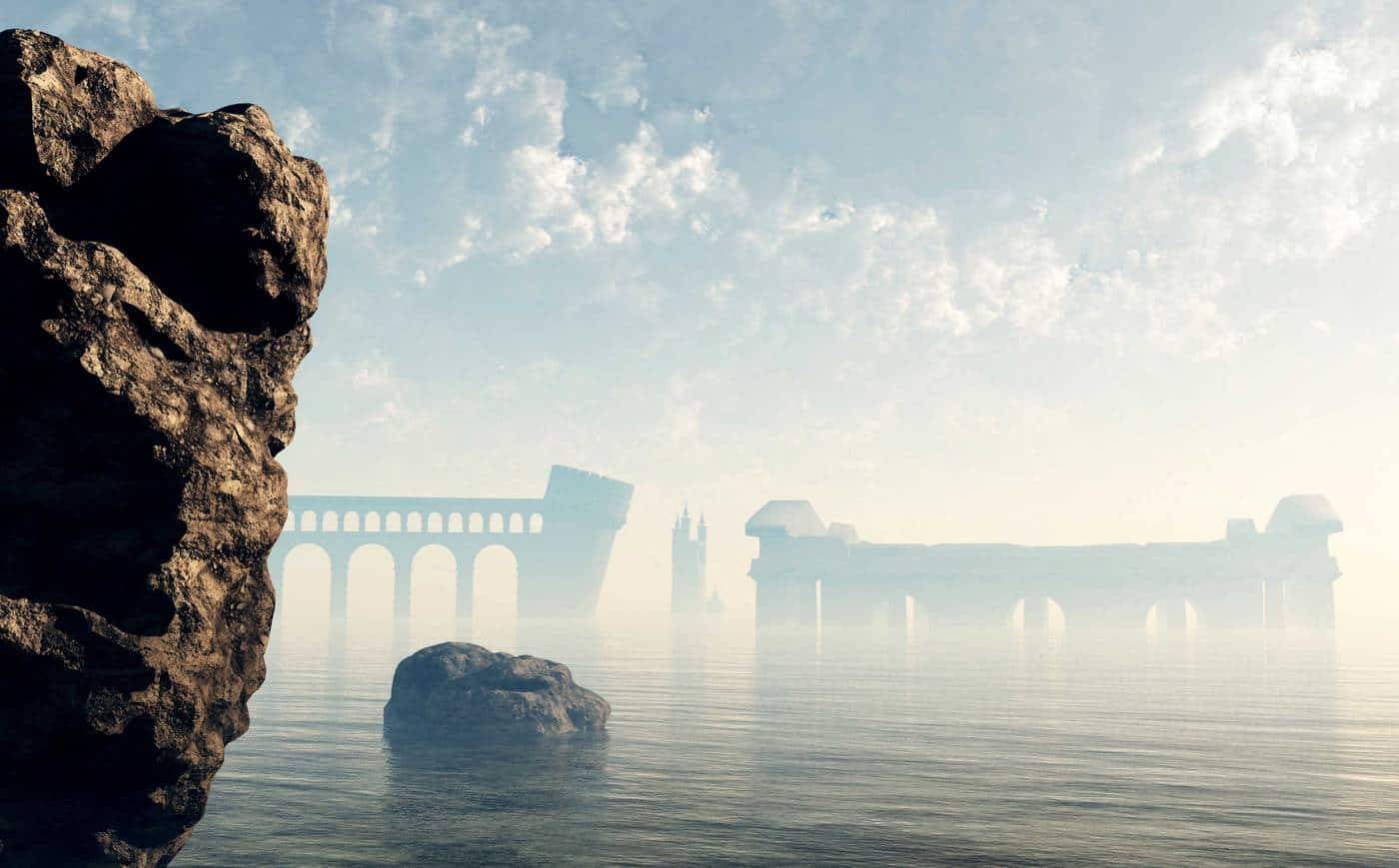










Wow such a great experience! Thank you for sharing it! It really encourages reflection!
Great post, lot’s of insight and beautiful photos
Very inspiring article! I will be planning a trip to Indonesia soon! Thank you for some tips and making me realize a few things. Better late than never! Much love for the author.
Thanks for sharing your personal experience in a remote area of this planet and for shedding some light on the partly tragical impacts of tourism.
As tourists we are paying guests, but unfortunately we often do not behave as such, and we do not realise that our local hosts might have to pay a high price for our visits, like loss of identity and traditions, environmental issues etc.
I will definitely strive to consider your points on my next trip!
Such an amazing article! Really well written and puts travelling into perspective. We should be more aware about respecting customs and the nature in our travelling destination.
Nice work Parissa 🙂